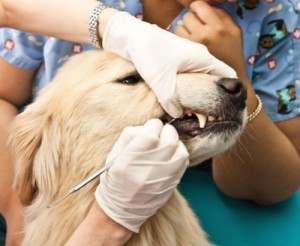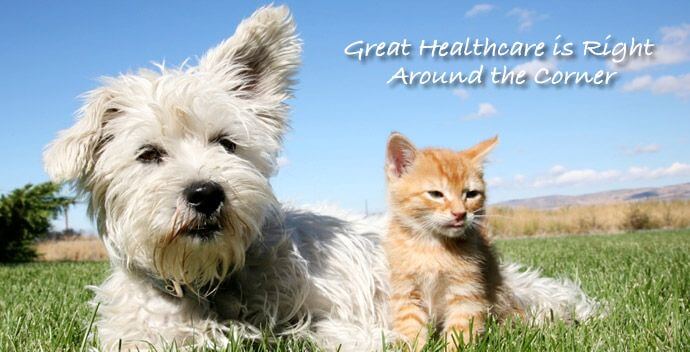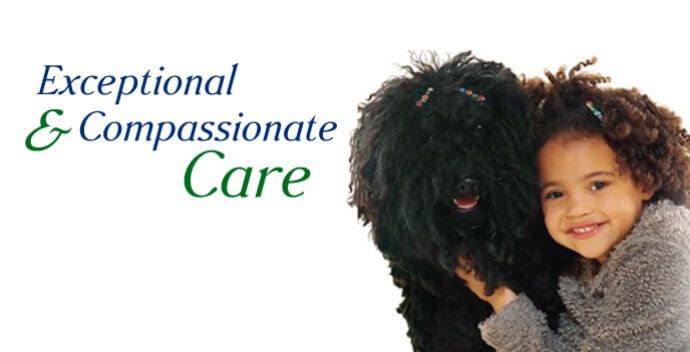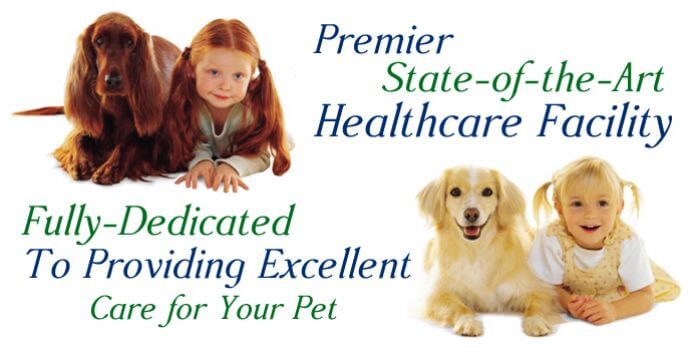Gingivitis in Cats and Dogs
 February has been selected as National Pet Dental Health Month. Every Friday we will look at a different oral condition and explain what it is and how it can be prevented.
February has been selected as National Pet Dental Health Month. Every Friday we will look at a different oral condition and explain what it is and how it can be prevented.
This week’s issue is gingivitis. Animal’s rarely get cavities because pet food is usually sugar free (as in contains no sugar or sweeteners) or lower in sugars than human food. However, animals are as susceptible to periodontal disease as humans are. These diseases are caused by plaque build up on the teeth and gums.
Gingivitis is the first step in periodontal diseases. This is caused by a build up of tartar which irritates the gums and causes swelling of the gums and bleeding gums. These are the first signs of gingivitis. Your dog may display other signs of gingivitis such as red gums, trouble eating, and bad breathe that smells sulfuric (like rotten eggs).
If you catch the gingivitis at this stage you can prevent serious health issues. You can do this by taking your cat and dog for teeth cleaning and learning how to brush your pet’s teeth yourself. (See our blog which teaches you how to clean your dog’s teeth.)
If you don’t take your pet for teeth cleaning the gingivitis can lead to serious periodontal disease which can result in bone loss and tooth decay. The tooth root may also rot and cause the teeth to fall out. An infection may even take place that can spread throughout the body and cause further problems and even premature death.
Al this can be avoided with regular dental care and cleaning. Vet’s recommend getting into a teeth cleaning regiment at home to prevent tooth and gum problems. Read our blog on how to brush your dog’s teeth here.










 Website Created by TCP Global Solutions
Website Created by TCP Global Solutions